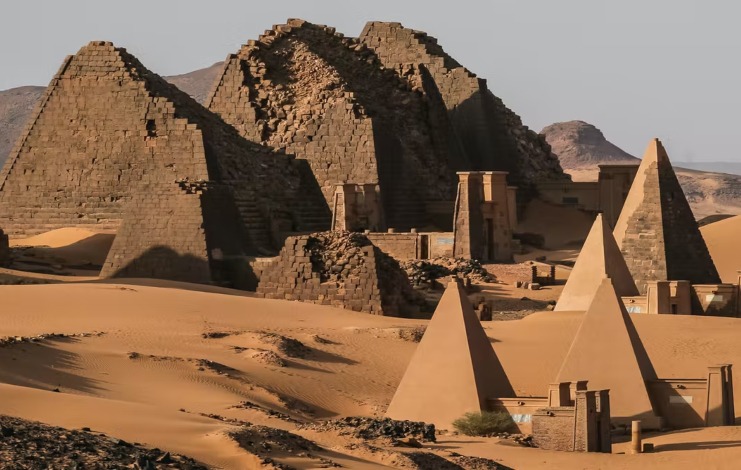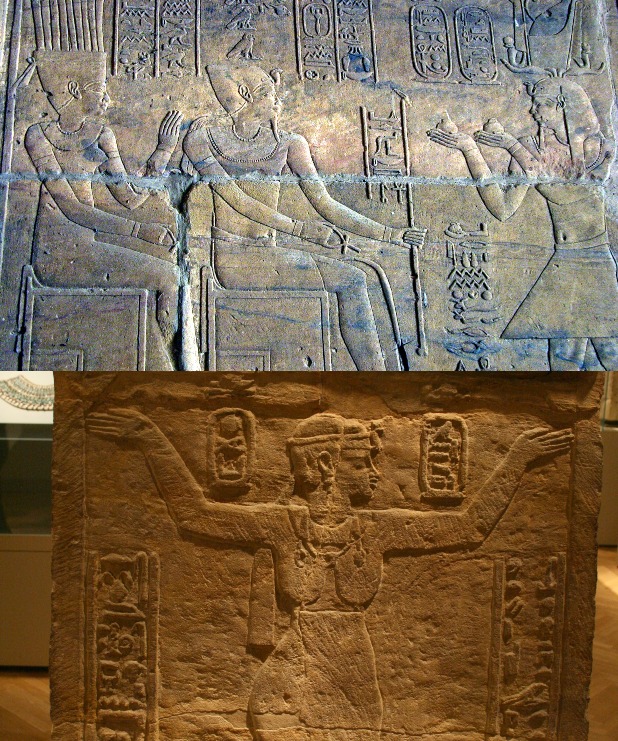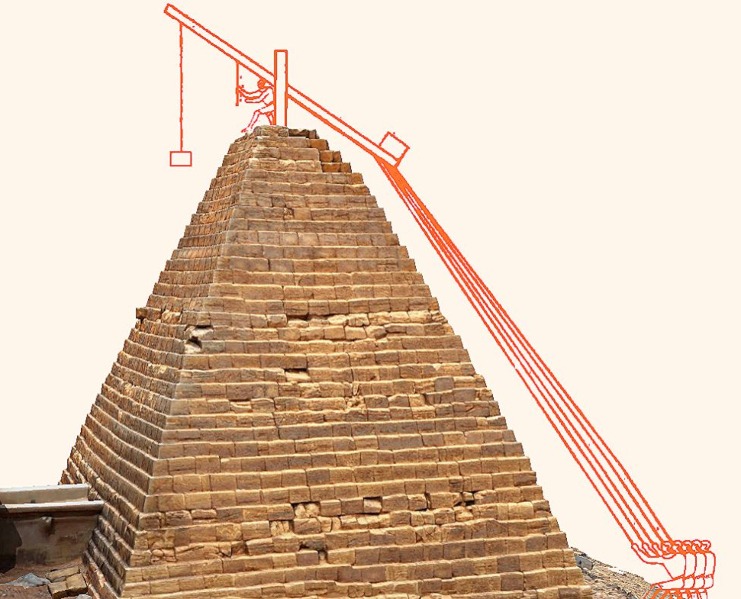The first thing that comes to mind when you hear the word ‘pyramids’ is typically Egypt’s pyramids situated in the heart of Giza or even The Bent or Black pyramid located at Egypt’s Dahshur; however, Sudan’s pyramids tend to get overlooked even though they house 220 pyramids while Egypt contains 118. The most famous among the Sudanese pyramids are located at the ancient site of Meroë in the center of Sudan.
Who Built Them?
The Pyramids of Meroë are the oldest in Sudan; built over hundreds of years by the Kushite kings and queens, dubbed “the Black Pharaohs,” and served the same purpose as their Egyptian counterparts.
These small structures are in the old city of Meroë, which used to be one of the ancient Nubian capitals dating as far back as 300 BCE. Unfortunately, they’re now in the ruins of the city, 200 km from the current capital of Khartoum. While they did fall into disrepair for some time, they are a UNESCO World Heritage Site.
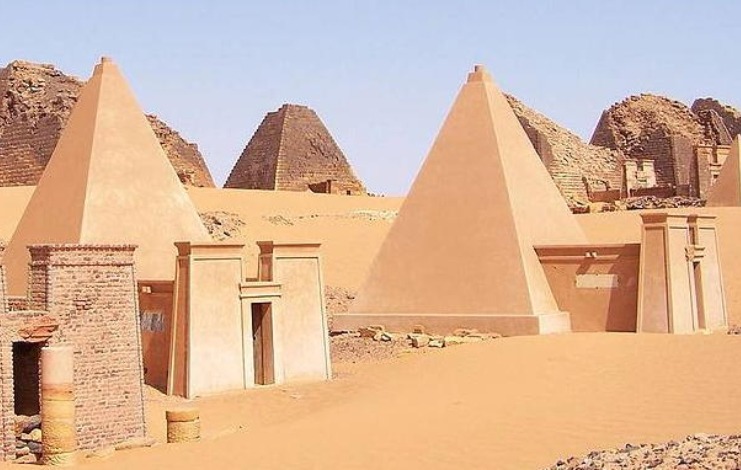
The first Kushite king to start building pyramids for the afterlife was King Arkamani I, who ruled sometime between 270 to 260 BC. Other kings in the area also built pyramids in the area and infused more ancient Egyptian influences into their culture, such as King Arkamani II. Queens Amanitore and Amanishakheto were warriors in their own right and also had pyramids dedicated to them, but their bodies were never found.
What Were These pyramids Like?
Even though they borrowed heavily from the ones built by the Pharaohs in Egypt, these Nubian pyramids had a different design; such as being of smaller size, with the tallest reaching 40 m, which is much shorter compared to the Great Pyramid’s 146.6 m.
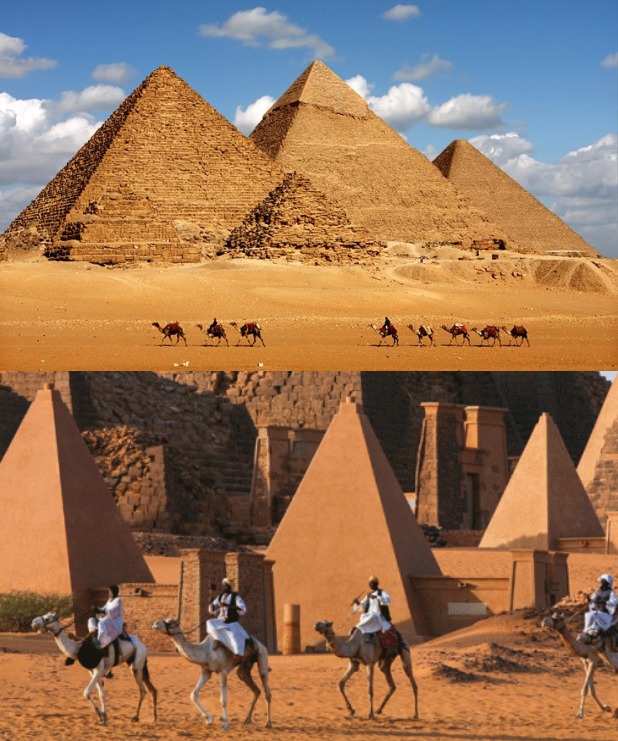
Another aspect of these pyramids is that they had much steeper sides. Built using stone and granite, the sides had a 70 degrees angle, making them pointier and filling a smaller space overall.
How Were They Built?
Unlike the Pyramids of Giza, whose construction remains a mystery, we know how the ancient Nubians built their pyramids. The ancient Nubians used something called a shaduf, which was a hand-operated device for lifting materials.
Originally designed as an irrigation device to lift water from the Nile, the ancient Nubians used it to lift stones using human labor. This is why the pyramids have steep sides since the shaduf had a limited range and also because it was placed in the middle of the pyramid during its construction.
Reason Behind Them Being Built?
As for their function, these arrowhead-shaped buildings had two levels. The top one had a chamber, with the south wall depicting the late king or queen’s life when they were alive and the deeds they committed. On the other hand, the north wall depicts the ruler in the afterlife, as they move to the underworld with the Goddess Isis.
This chamber was also used as a tribute room to the gods, and worshippers would visit to leave food, weapons, tools, goods, pottery, and more as offerings.

Below the aforementioned chamber lies stairs into a two-room tomb. The first room is an antechamber that is full of engravings, inscriptions, and paintings of ancient gods that are supposed to protect the ruler after his death. The second room was the tomb itself, where the body was supposed to be laid to rest, but no mummy was ever found. Grave robbing and theft were rampant, and no king or queen’s bodies were discovered in the tombs; the only things found were canopic jars, surgical tools, oils, and incense.

The most famous case of destruction and theft by someone that is still known today is of Italian soldier and tomb raider Giuseppe Ferlini, who traveled to Sudan in the 1830s in search of gold and riches. He destroyed over 40 pyramids in search of treasure, finding gold coins, and jewelry. Satiated, he took them back with him and tried to sell them later, with some now residing at the State Museum of Egyptian Art of Munich and the Egyptian Museum of Berlin.

How Many Are Still Standing Today?
There are over 200 of these small structures scattered into clusters all over the Sudanese desert, and unfortunately don’t get the same attention as their Egyptian counterparts. A very little amount of visitors come to the country every year, and the pyramids seldom get any guests to stand in awe of their beauty.
They’re also not getting much attention and care, which puts them at risk of being swallowed up by the rising desert sand picked up by the winds that are ever blowing in their direction.

We Said This: Don’t Forget… Discovering Egypt’s Unknowns: Here Are 10 Pyramids You Didn’t Know Existed!


